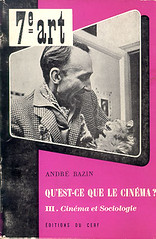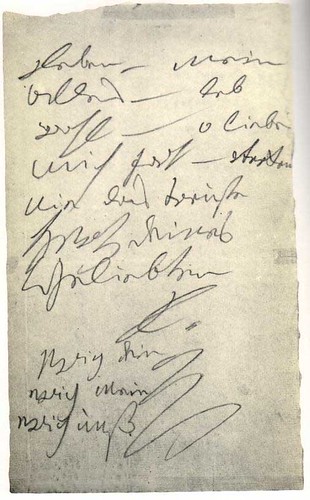
[Amazon.com]
[FR] [DE] [UK]
I am re-reading Sex, Art, and American Culture by Paglia after my brother salvaged a copy from the dustbin. It must have been 4 years since I first read it and I understand a lot more. The vehement attack on “French theory” now surprises me in the sense that she mainly focuses on Foucault, Derrida and Baudrillard without mentioning what are imo the truly great French theorists: Barthes, Deleuze, Bataille. I know from a Salon q&a[1] that she doesn’t even like Bataille. Really! Re-read him Camille! In that short 1997 q&a she notes that she “was deeply disappointed in Bataille from the moment I picked up his books. His themes are my themes, his influences (in many cases) my influences.” She does confess to like Sade, Gautier, Balzac, Baudelaire, Huysmans, Sartre (whom I find difficult to stomach), de Beauvoir, Genet and Bachelard.
Of course her style is offensive (and I suspect it has had some re-writing in subsequent editions). As a European I find the following derogatory remarks on the French post-wwii-climate difficult to swallow (but funny anyhoo):
- “Of course the French felt decentered: they had just been crushed by Germany. American G.I.’s (including my uncles) got shot up rescuing France when she was lying flat on her face under the Nazi boot. Hence it is revolting to see pampered American academics down on their knees kissing French bums.”
Nevertheless, Paglia strikes me time and time again as a great intellectual with an amount of books read which seems astronomical and a very astute power of analysis: how she equates Foucault’s taxonomy to Primitive Classification by Mauss and Durkheim and Foucault’s Discipline and Punish to Durkheim‘s The Division of Labour in Society.
This reading also brought Arnold Hauser‘s The Social History of Art to my attention.
Sex, Art, and American Culture is a sensible buy for someone who wants to brush up on cultural history from an irreverent but yet well-read perseptive.
On a different note, and only for a Dutch-reading public: the publication of Hermans-Reve correspondence is imminent. Hermans was brilliant and Reve a bit of a bore, at one point Hermans decided not to continue the correspondence. Read more at The Paper Man.

















